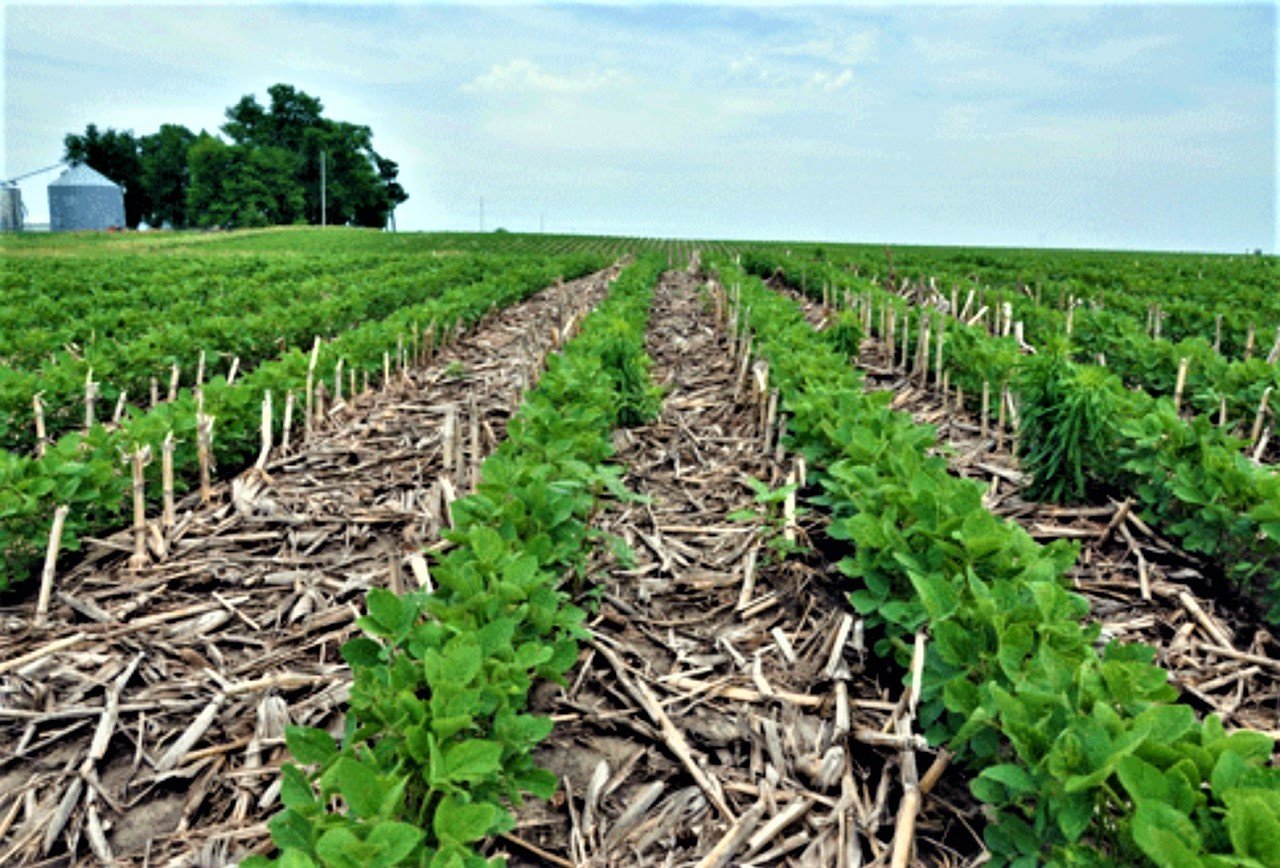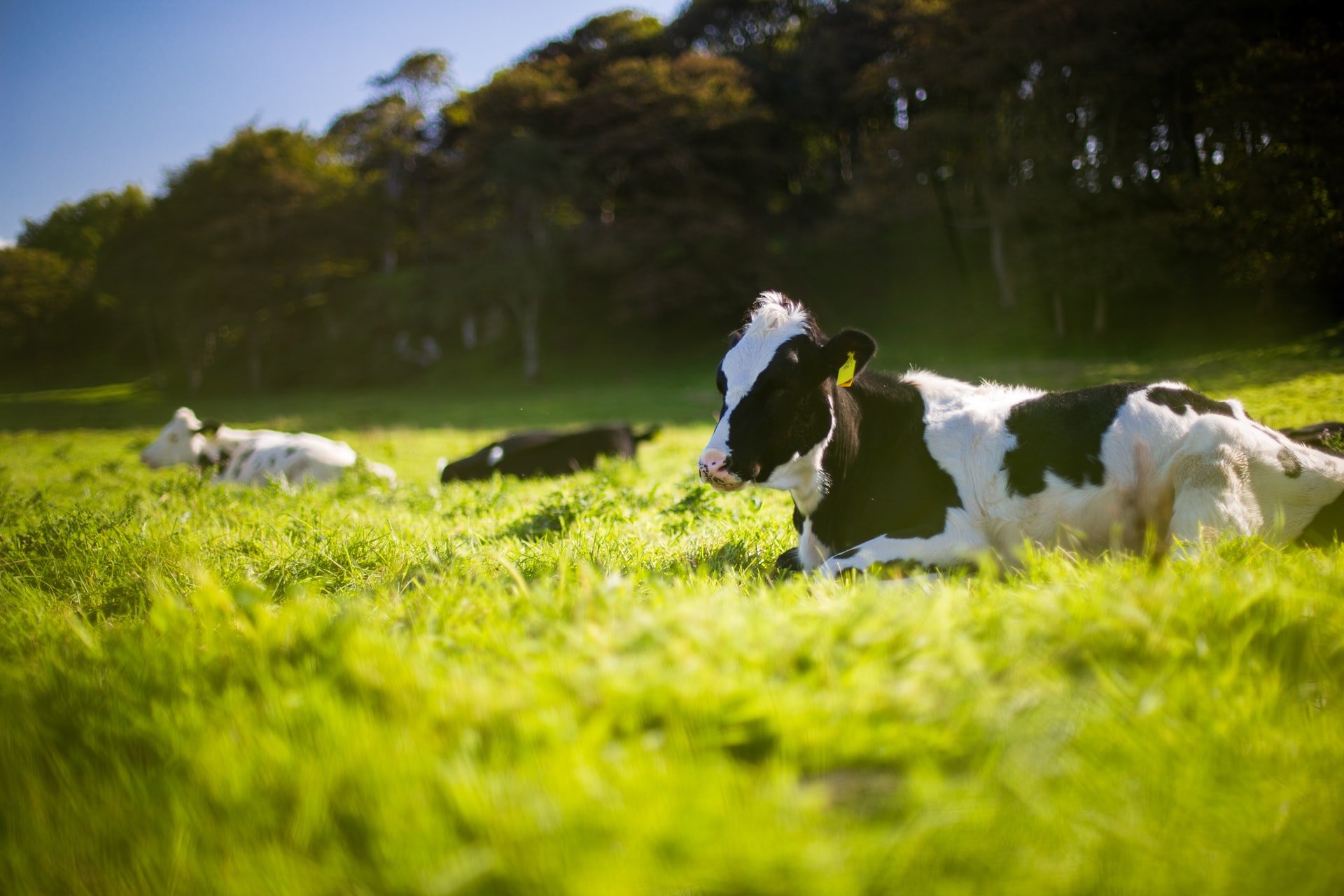Much as our brains love a binary choice, the promise and perils of “regenerative agriculture” play out across a broad spectrum of choices. The farming and food system is complex and the current amped up focus on regenerative agriculture (RA) as the solution to what ails our food system can be confusing and a climate-action-delaying distraction. Is it green or a snow job? RA has the hallmarks of both.
The challenge is clear. Agriculture is responsible for 35% of global emissions, 60% of which come from livestock and we cannot reach the Paris climate targets without addressing food system emissions.
So, food producers, farmers and governments are jumping on the RA hay wagon. But how do we tell which green plans constitute fundamental reforms, incremental measures with minimal benefits or merely clever marketing to defend the status quo?
RA has been described as the new “sustainability”, a term that is becoming increasingly meaningless through overuse. There is no accepted definition of RA, unlike organic which is defined and certified. Common RA practices are no-till farming, cover cropping, increased crop diversity, agroforestry, rotational grazing and the reduction or elimination of synthetic pesticides and fertilizers. Each of these carry varying degrees of green benefits.
Let’s take the carbon storage potential of soil — the degree of effectiveness is a matter of scientific debate. How much is being stored? Is it preserving carbon or increasing storage, and for how long? There are some benefits but the key question is compared to what? Even the greenest rotational grazing system for beef cattle has 7-10x the GHG footprint per kilogram of all plant-based foods. Soil can be part of the solution, but it’s only one part of a bigger picture.
The soil in livestock pastures can store carbon to some extent, but a sole focus on this risks ignoring all the other challenges posed by animal agriculture.
Reforming food and agricultural systems is like playing “whack-a-mole.” There are multiple challenges —GHG emissions, water, air and soil pollution, antibiotic resistance, food safety etc. Correcting for one, while ignoring others not only doesn’t get the job done but could worsen impacts in other areas. For example, Oxford University researcher Hannah Ritchie shows that focusing solely on emissions in changing food systems, results in negative impacts on the welfare of billions of factory farmed animals.
Another potential barrier to transformative reform is the danger of minor tinkering that delivers minimal impact but fuels grandiose green claims. Recent examples include seaweed feed additives to reduce methane (possible but how practical?), potty training dairy cows to reduce ammonia emissions or zapping manure with artificial lightning. Or capturing methane from manure lagoons for renewable natural gas. None of these measures will come close to being as beneficial as adopting a plant-forward diet.
An effective way to ensure real, substantial reforms to the food system is exemplified by the $46 trillion investor coalition FAIRR. It measures the 60 largest food companies for their performance on 10 risk and return investment factors. The 4th Coller FAIRR Protein Producer Index assesses ALL major factors affecting our food system and puts pressure on companies to improve their records on GHG emissions measurement and reporting, antibiotic resistance, food safety and investing in alternative proteins.
These reports include measurements of some of the risk factors that RA is trying to address, but the “whole system” report card from FAIRR shows there is still a lot of work to be done. And while it’s fair to say regenerative agriculture has a role to play in reforming our food system, it’s not a silver bullet and we need to be cognizant of the pitfalls.


